CATL batteries meet new thermal runway standards
The new Chinese mandatory national electric car battery standard, GB 38031-2025, is referred to as the “no fire, no explosion” standard, stipulating that batteries must not catch fire or explode during a thermal runaway event. The regulation also mandates that smoke may not be emitted that could harm vehicle occupants. Until this new standard, batteries were only required to emit warning signals to warn of fire or an explosion.
The regulation, which was passed in March 2025, also introduces new tests. These include an underside impact test to assess battery protection in the event of a collision – a relevant update given that an increasing number of batteries are being structurally integrated into vehicles under the cell-to-body design approach – and batteries will need to pass a safety test proving they can withstand 300 rapid charging cycles followed by a short-circuit test.
In its initial response to the new regulations, the world’s largest battery maker revealed it had the relevant technologies called “No Thermal Propagation (NP) technology” in its range. CATL announced at the end of April that its Qilin battery cells and packs had already passed the two new tests in accordance with GB 38031-2025. The Qilin battery pack was introduced in 2022 and is already widely used in China today by Zeekr, Xiaomi, Lotus, Neta, Avatr, Li Auto and Aito, for example. The cell-to-pack battery comes with NMC or LFP cells.
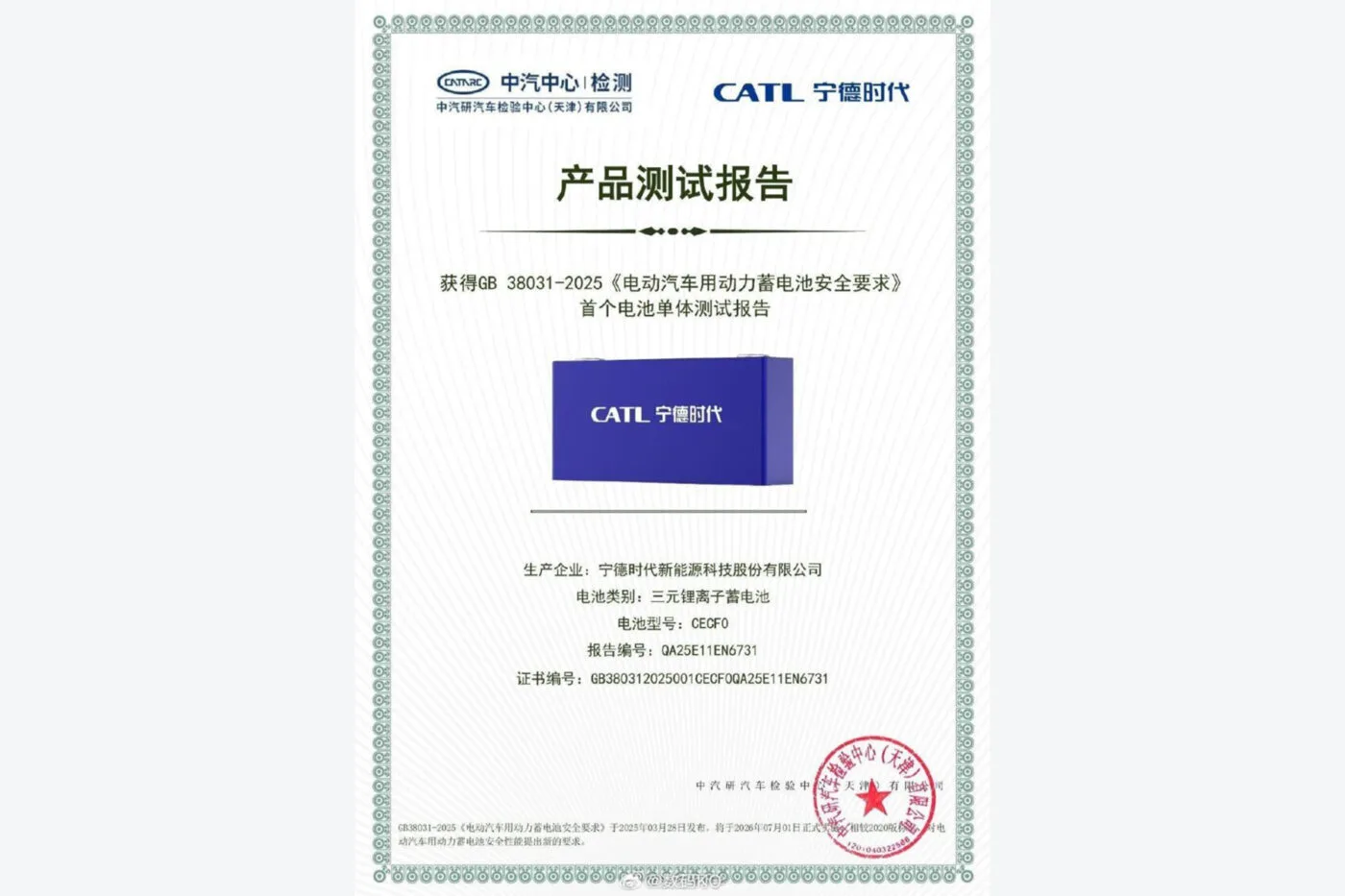
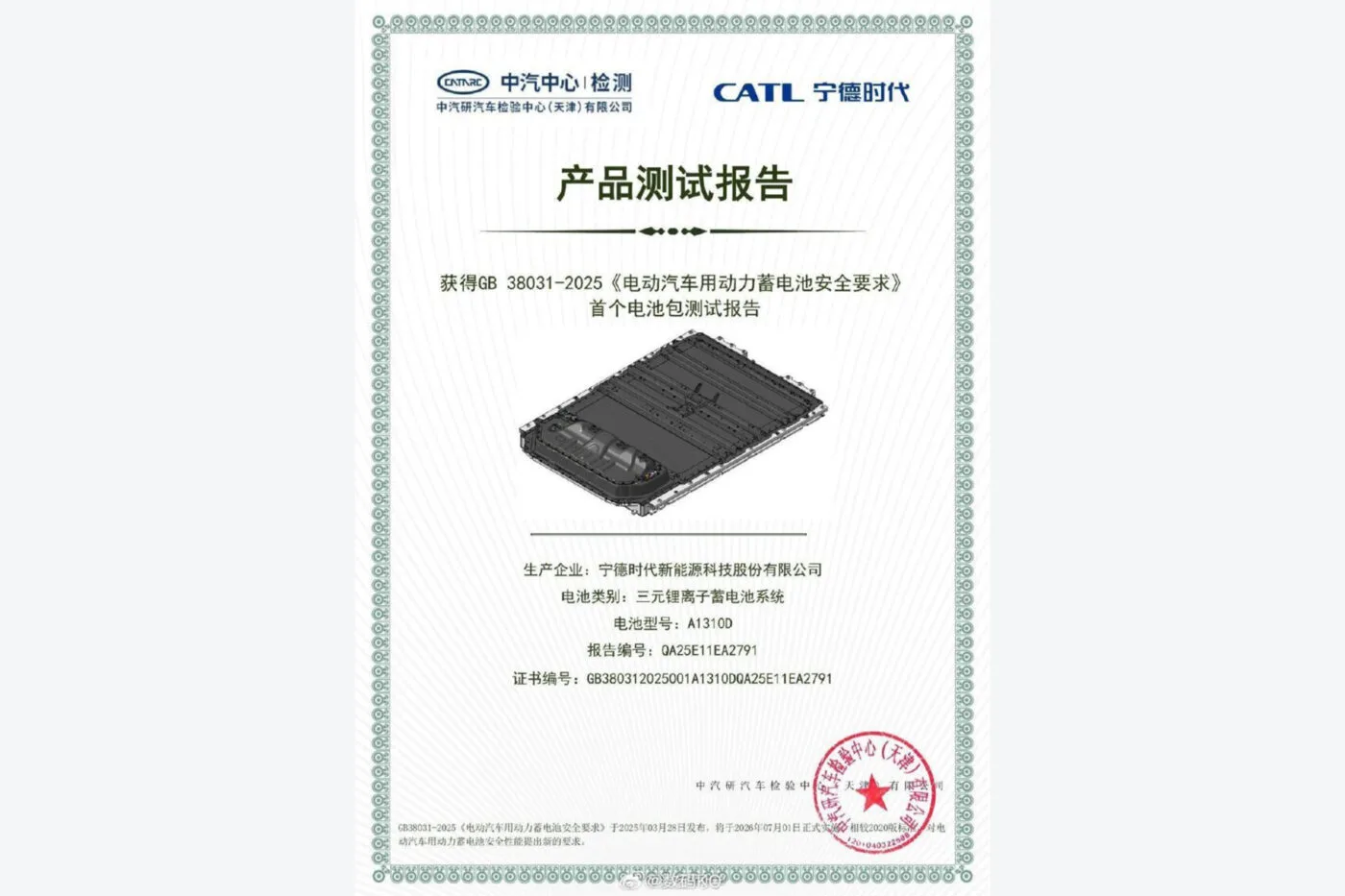
Both CATL cell types, the older NMC chemistry and the newer and safer LFP battery packs, were tested and passed, according to the test report published by CATL from the independent certification body, the China Automotive Technology & Research Center (CATARC). In the report, NMC cell chemistry is referred to as a “ternary lithium-ion battery”, a term used in China for battery cells with nickel-manganese-cobalt or nickel-manganese-aluminum oxide cathodes, i.e. with three other active materials in addition to lithium. Although NMC cells are generally considered to be more susceptible to fire than lithium iron phosphate (LFP) cells when it comes to thermal runaway, this CATL variant has also passed the test and not just the supposedly more robust LFP cell.
For the battery industry at large, the new specifications may strengthen the role of the already dominant battery manufacturers, such as CATL and BYD, as they can more easily cope with the development costs that smaller companies may struggle to afford.

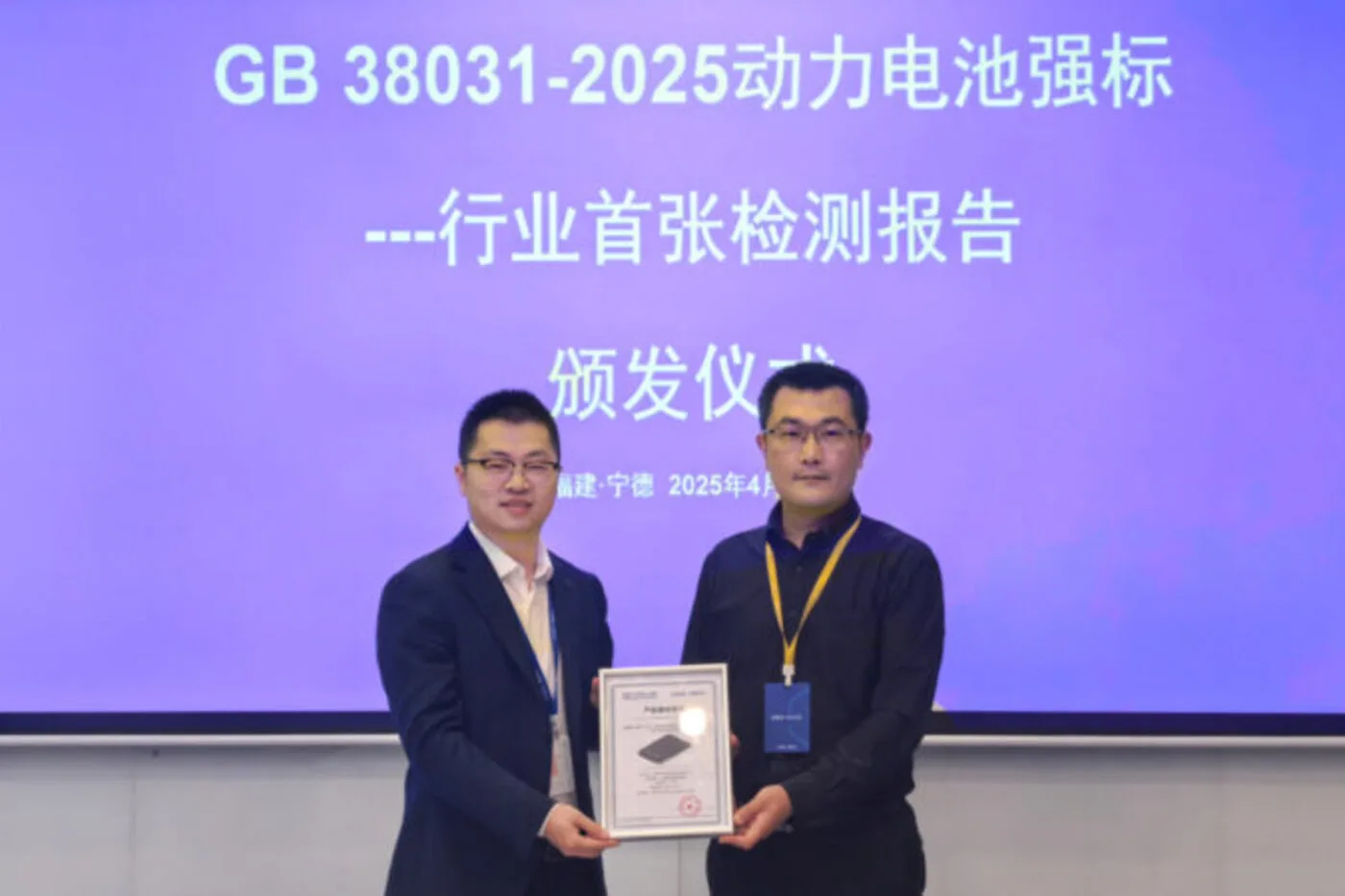
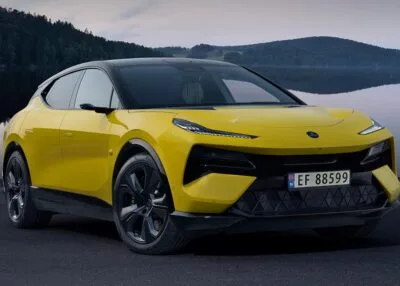

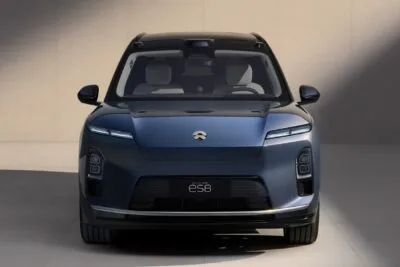
0 Comments